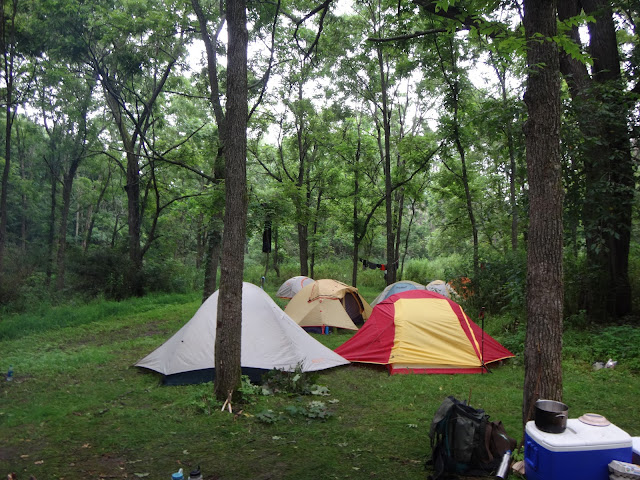To Everything There is a Season
by Cathy Chybowski
The pandemic has changed our lives dramatically. We are fortunate however, to live in a part of the state where it is possible to find a place in nature away from other people. Nature offers the casual observer special sights and sounds as the seasons change. In the early spring we anticipate the arrival of many birds and the occurrence of other natural events as the snow begins to melt. Now we can observe the reverse as summer begins to wind down.
In July, I noticed that
birdsong declined sharply despite the fact that there are actually more birds
around. At this time, most birds have completed
their nesting cycle, are no longer defending territories, and are preparing for
migration. Cedar waxwings and
goldfinches though are the exception, as both are late nesters.
Shortly after nesting, shorebirds
begin to move south in July and the bubbling “spink spank spink” song of the bob-o-link disappears from the
fields where they nested. Swallows begin
to gather by the hundreds on power lines along rural roadsides. One of these days as you look up, you will
see nighthawks on the move too, flashing the white patches on their long,
pointed wings. Soon hummingbirds will
join the movement to warmer areas in search of food. Usually they take off before the end of
September just before we begin to see the juncos arriving here from farther
north. These snowbirds will keep us
company throughout the winter. Somebirds slip away quietly but who will not notice the staging of bluebirds inlarge numbers or the migration of raptors and waterfowl?
It is true that two-thirds of
all birds migrate, but as the days grow shorter, migration is not just for the
birds. Bats, insects, reptiles and
amphibians migrate too. Huge energy
reserves are required to make these seasonal journeys. Some move much farther than others. The last generation of monarch butterflies spend
their days in late August and early September sipping nectar from flowers to
fuel up for their journey south. Look
around! When the New England aster is in peak bloom, the monarch migration is in full swing. The most familiar of
butterflies has the most complex migration. They will fly hundreds of miles to spend the winter in the mountains of
central Mexico. No single butterfly
makes the round trip; I often wonder, how do they know where to go? This continues to be one of the unsolved
mysteries of nature.
Yesterday on a bright, 80-degree afternoon I witnessed the green darner dance. I looked up to see about 15 very large, greenand blue dragonflies flitting about overhead. The green darner is just one of the dragonfly species which migrates south often alongside the monarch.
Bats can live in the north because they can avoid the cold by hibernating, migrating, or migrating to hibernate. Usually it is the cave bats including the little and big browns that can survive by hibernating. The tree bats (red, hoary, silver-haired) usually migrate south.
Even reptiles and amphibians migrate to a certain degree. Many will
move into the mud at the bottom of ponds and lakes to hibernate for the
winter. Others will seek shelter under a
layer of damp leaves, inside a fallen log or in another animal’s burrow.















